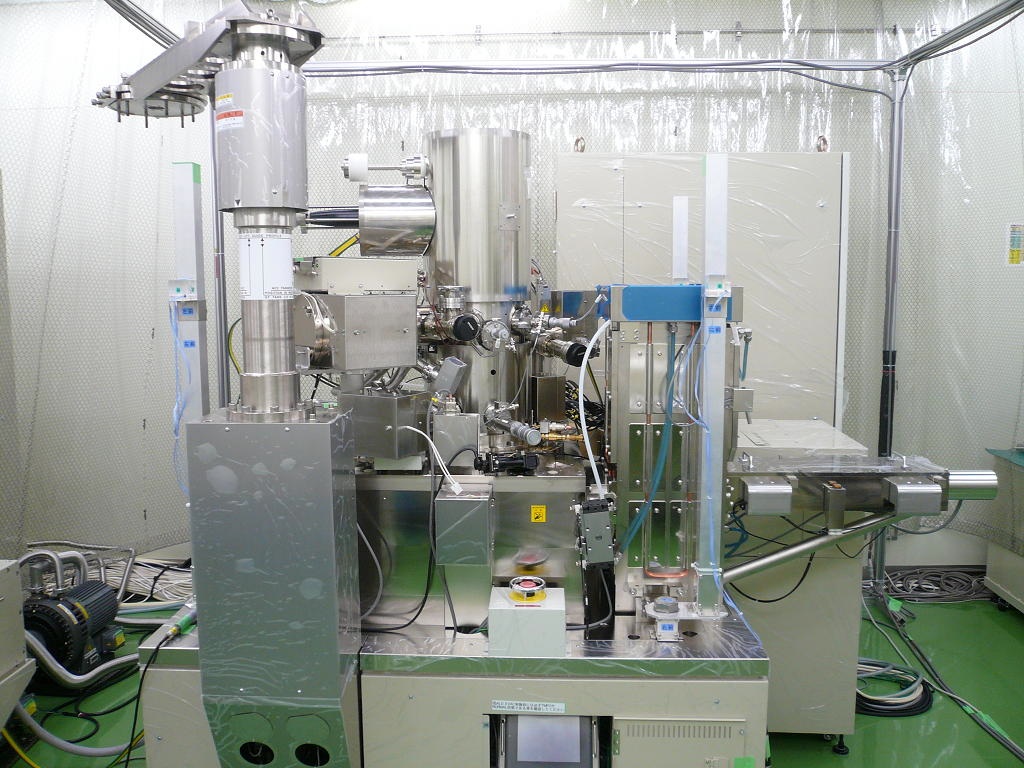Seven Unbelievable Facts about Electron Beam Lithography
A focused electron shaft (e-beam) addresses the most minor, best viable composting pencil known, with the ability to create a design that includes down to a couple of nanometers in size. E beam lithography doesn’t depend on a previously designed mask; however, it can compose the example straightforwardly from stored information. Given its inborn high goal and example adaptability, e-beam lithography remains the technique for manufacturing nanometer-scale structures in low volume. The lithography companies spend significant time being developed and assembling photolithography frameworks. The historical Achilles impact point of e-beam lithography has been its low throughput. This can be alleviated by uncovering numerous pixels in equal amounts. An overview of present-day e-beam lithography is introduced.
There was the utilization of electron lithography before the e beam lithography. The absolute first electron beam lithography, machines dependent on examining electrons on a surface, was created during the 1960s.
Filed down a portion of some fascinating facts about electron beam lithography.
- Electron beam lithography system is proficient for high-resolution custom arrangements on a surface called resist.
- This procedure appears to be adaptable towards an assortment of materials and an endless number of patterns.
- This is a relatively moderate strategy being at least one or more orders of magnitude gradual than optical lithography.
- This strategy is a little costly and is considered overpriced. Since giving highly resolute custom arrangements requires apparatuses that can cost a considerable number of dollars and require incessant administrations to remain appropriately kept up.
- Electron beam lithography can fabricate minuscule nanostructures with high dependability and efficiency, without the requirement for a photomask, and at a resolution of under 10 nm.
- More fit to make extraordinary and highly resolute patterns for which photomask is excessively tedious or inefficient.
- The electron source used in this Electron Beam Lithography System is Hot W/ZrO2 utilized for the electron emanation or magnetic lenses to centre the beam. The resist layer is designed and makes the intricate trough shapes, for example, T-shape or stepped.
Table of Contents
Why utilize the Electron Beam Lithography Systems?
There are different reasons why EBL innovation is essential. In the first place, the EBL innovation highlights ions with a substantial mass than electrons. Besides, the technology highlights fewer vicinity impacts because of backscattering yet accompanies a less dispersing effect contrasted with different advancements. The e-beam lithography innovation has a higher resolution patterning than the UV, X-ray, or e-beam lithography because the heavier particles include more force. Accordingly, the particle bar accompanies a smaller wavelength than even the e-beam and has basically no diffraction.
What are the sources of the Electron Beam?
Before we go to the benefits and the impediments of Electron Beam Lithography, we expound on the different sources of the electron beam. The electron beam sources include:
- Thermionic emitters; this highlights the Electrons released because of the nuclear power.
- Photo emitter; which happens because of the incident radiations or the photons
- Field emitters because of applied current and quantum mechanical properties of electrons.
Benefits of Electron Lithography
- Allows printing of complex examples straightforwardly on the wafers
- Useful innovation with regards to the disposal of diffraction issues
- Provides with higher resolution of up to 2o nm
- Features an adaptable procedure
Very much like different innovations, EBL highlights benefits and impediments. Having taken a gander at the benefits, presently, we shift the attention to disadvantages.
So, what are the inconveniences of electron beam lithography?
-The Electron beam lithography frameworks are slower than the optical lithography
-The innovation is costly and convoluted
-Features forward dispersing
-Associated with backscattering
-Uses auxiliary electrons
Electron Beam Lithography Process
1.Examination with Different Techniques
Electron shaft lithography is slower than photolithography, stamping, or self-assembly strategies utilized in designing. As a result, it usually is more costly and requires tidy up room offices. Electron beam lithography is consequently more fit to make incredibly high-resolution patterns or extraordinary items for which making a photomask is excessively tedious or inefficient.
2.Electron Source
Hot W/ZrO2 is frequently utilized as an electron source through field electron discharge, and either electrostatic or attractive focal points are used to centre the shaft. The arrangement of the resist layer makes complex trough shapes, for example, T-shape or stepped.
Different layers of the resist with varying sensitivities to the electron beam instigate the layers to change their dissolvability over a more substantial or lesser volume from the direct way of the electron beam. This is accomplished through dissipating, dispersion, or secondary electron production.
3.Grounding
During electron beam lithography, materials are presented to an intense beam of electrons; thus should be grounded electrically to avoid charge impacts. Grounding is frequently achieved by adding a thin metal layer, regularly aluminium or gold, either between the substrate and resistor on top of the resist.

